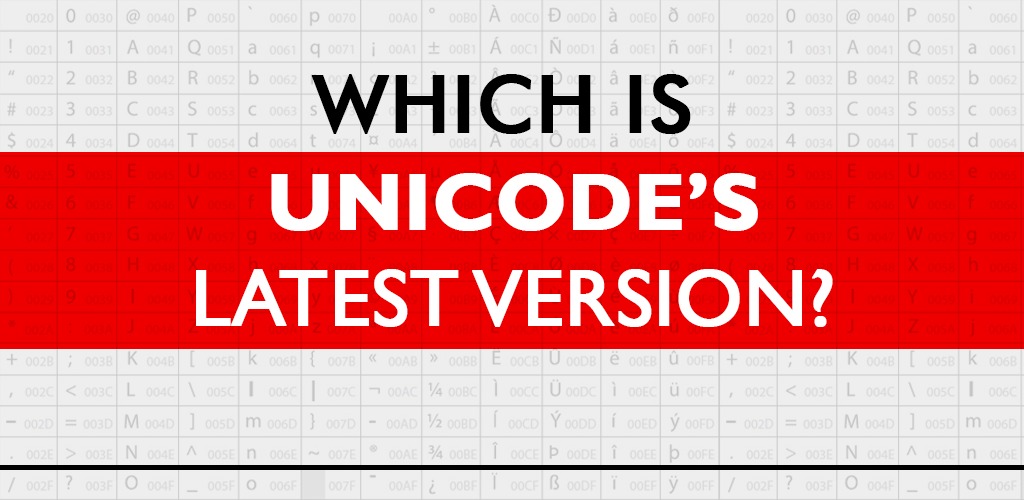What is Unicode
The Unicode is invented in concurrence with the International Organization of standardizations. Unicode shares the ISO/IEC 10646 character set, which is the universal character set. It works comparatively as encoding standards but contains more information for implementers. It is a standard for information technology that is used for representing, managing or encoding the text written in the word’s writing systems. It consists of 143,859 characters for encoding. It has localization in most of the recent technologies such as Java and XML. It can be implemented by using different character encodings. Unicode has three types: UTF-8, URF-16, and UTF-32. Unicode is the most presiding encoding standard. It can store all types of texts in all different writing systems. The latest version of Unicode is version 13.0 released in March 2020. Below is a detailed explanation for Unicode 13.0.

Which is Unicode’s latest version?
Unicode 13.0 is the latest version of the Unicode Standard. It was released in March 2020. It adds 5930 characters and 143,859 characters in total. This version of the Unicode standard features a significant update. It includes four new scripts with a total of 154 scripts. Version 13.0 supports modern language with symbols addition and scholarly work. This version adds support for unique written requirements and lesser-used languages in the world. The new scripts and characters for version 13.0 include:
- Khitan small script, which was historically used in northern china
- Yezidi was historically used in Georgia and Iraq for ritual purposes. It adds some modern advancement for usage.
- Dives Akuru which was historically used in the Maldives. It was used until the 20th century.
- Chorasmian which was historically used in Central Asia. It was used across Turkmenistan, Uzbekistan, and Kazakhstan, to write in the eastern Iranian language.
- Bopomofo additions were used Cantonese.
- A character was used for Syloti Nagri in South Asia.
- The Arabic script additions to write Hindko and Punjabi in Pakistan, and to write other languages in Africa.
The popular symbol additions used in version 13.0 are:
- It includes 55 emoji characters including new smileys, animals, plants, and gender-neutral people.
- It includes six creative commons license symbols. These are used to describe the functions and concepts related to analytical property.
- It includes 214 graphic characters. These characters provide compatibility with home computers.
- It includes two Vietnamese reading marks.
The Unicode version 13.0 consists of core specifications, code charts which maybe delta and archival. It also includes Unicode Annexes and Unicode Character Database. The core specification of this version gives general information and a guide to the implementers. And the code chart features the glyphs for all of the Unicode characters. The Annexes gives detailed information about certain aspects of the standard. The UCD (Unicode character Database) features detailed information for implementers, making it easy for them to implement Unicode standards. Talking about the stability policy, there is no significant change in version 13.0 as compared with version 12.0.
Version 13.0 of the Unicode standard is the result of the endowment and persistence of many people over several years. Many archaic and historic scripts are encoded in this version. Moreover, it also includes multiple important symbols.
